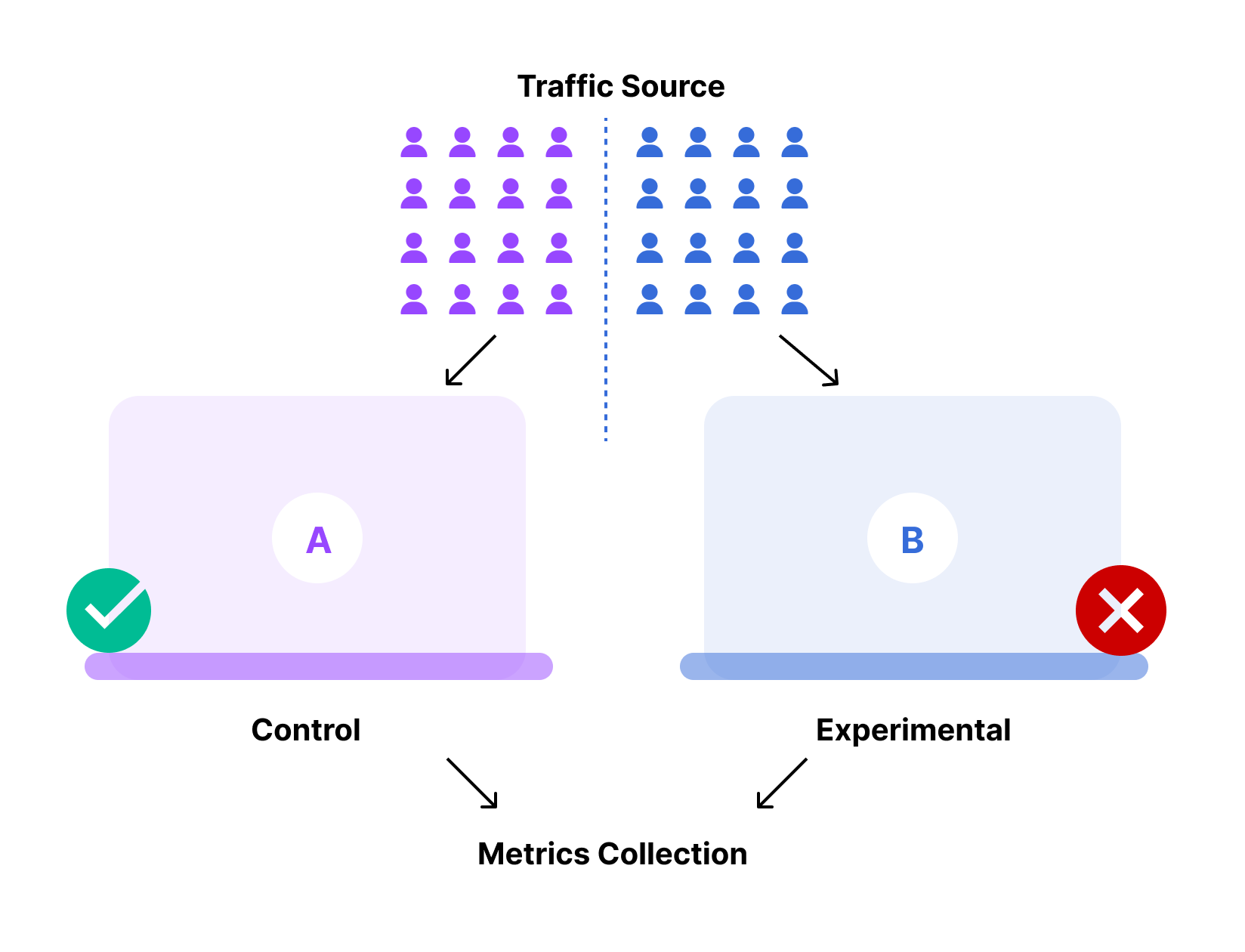Generative AI has quickly become known outside of the IT landscape in the last year. But what exactly is the difference between generative AI and machine learning? By clearly understanding the differences between the two terms, you can learn how they can add value to your organization in distinct ways.
What is Machine Learning?
Machine learning is a subset of artificial intelligence that uses algorithms to analyze data, learn from it, and make predictions and informed decisions based on the data.
Instead of needing to explicitly program every single rule for how a computer should behave, machine learning algorithms are designed to automatically learn and improve from experience. The ML models learn by examining training data and using statistical techniques to identify patterns, extract insights, and find relationships between inputs and outputs.
As new data is fed to the algorithms, they continue updating and improving their capability to make accurate predictions and analyses. Machine learning enables computers to solve problems in a way that reflects the natural learning processes of humans. The large datasets that ML algorithms use would be nearly impossible to program by hand.
With applications like drug discovery, fraud detection, retail recommendation systems, and more, machine learning is not going to be slowing down.
What is Generative AI?
Generative AI is a branch of AI that uses machine learning techniques to generate new content that mimics the data it was trained on. The key idea is that GenAI models can learn patterns and relationships in a dataset well enough to create entirely new images, text, audio, and video that still adhere to the underlying patterns.
GenAI has become possible because of advancements in deep learning techniques such as Generative Adversarial Networks (GANs) and Variational Autoencoders (VAEs). These methods enable models to develop a rich understanding of large datasets and produce strikingly realistic synthetic content.
GenAI opens up endless possibilities for several industries. One example is the healthcare sector, which is data-rich; with clinical notes, diagnostic images, medical charts, and recordings. GenAI can take these unstructured data sets and create new organized datasets, or be combined with large, structured datasets like insurance claims.
What are the Key Differences Between Machine Learning vs. Generative AI?
Machine learning and generative AI both learn from data, but their purposes and strategies differ. Here’s how:
- Goal: Machine learning is focused on analyzing data to find patterns and make accurate predictions. GenAI, on the other hand, is focused on creating new data that resembles training data.
- Training Techniques: Machine learning models use a variety of approaches depending on the use case, such as supervised, unsupervised, and reinforcement learning. Generative AI mainly uses techniques like GANs and VAEs that involve dual-learning. One part learns to generate data and the other part learns how to critique it.
- Outputs: Machine learning models output inferences, classifications, or predictions based on learned relationships. Generative AI models output completely new assets like text, image, or music.
- Performance Metrics: The success or failure of a machine learning model is based on predictive accuracy metrics like precision and recall. GenAI models are judged on qualitative metrics assessing realism, coherence, and diversity.
Potential Applications of Machine Learning and Generative AI for Enterprises
Both machine learning and generative AI are transforming industries and enterprises. Let’s look at some common applications for each.
UK financial services firms are implementing machine learning. 72% of firms in a Bank of England survey reported they were either using or developing ML applications.
One example in the financial industry is when machine learning algorithms analyze millions of data points to detect fraud in real time, preventing any financial loss or risk.
One of our customers, Covea Insurance, had a fraud challenge called Ghost broking. Ghost broking is one of the most complex and hard-to-detect types of fraud faced by insurance organizations. This is when a policy is purchased by a middle person for a customer using fake or stolen information with the intention of reducing premiums.
Covea’s call-handling team were doing manual searches and checks on over two million new quotes every day. Because of the scale of these quotes, it were very difficult to deal with in an efficient timeframe. They developed a solution that targets ghost-brokered policies and uses AI with a “human in the loop” system. Learn more about Covea’s story here.
Generative AI can help manufacturing organizations create optimized product plans. There is a subset of manufacturing called generative manufacturing. GenAI models take customer-defined constraints and parameters (such as functional specifications, cost, and lead time) and explore innovative combinations of design and production alternatives.
What’s Next
As we’ve explored, both GenAI and machine learning have tremendous potential to transform businesses. While generative AI is opening new doors, machine learning solutions like Seldon are still essential for developing reliable, production-ready systems.
If you’re thinking about taking advantage of these technologies, we encourage you to get a demo of Seldon’s enterprise-grade platform. See first hand how we can ensure robustness, transparency, and control for your most critical applications. Get a demo today.

